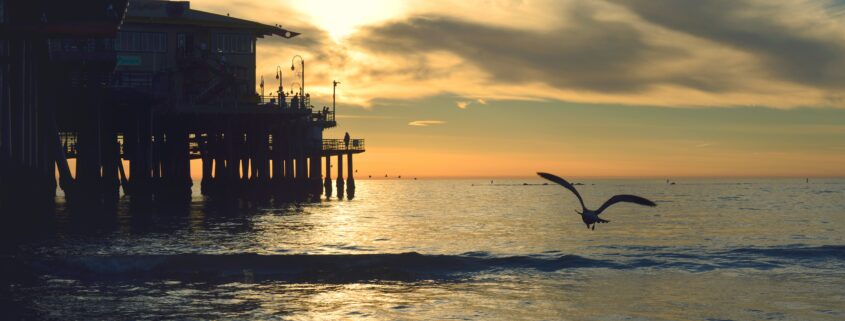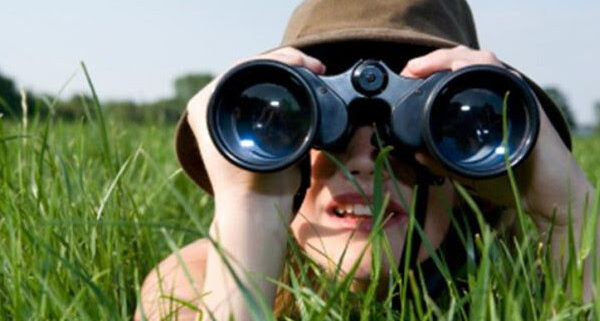Save Blake Lane Park Spring Party
Blake Lane Park
10033 Blake Lane, Oakton
Saturday, April 27th
11 am – 3 pm
You are invited for a day filled with fun!
Family and friends are welcome.
What to expect:
Games for young and old.
Nature walk by naturalist Laura Beaty of the Virginia Native Plant Society scheduled for 12 o’clock in the afternoon.
Theater Games and Art for children and parents proudly offered by WonderGo.
Face Painting – Photo Corner – Snacks – Fun.
Dog park remains open and welcomes all dogs with a little treat.
Find out how you can help Save Blake Lane Park.
Optional:
Bring a snack or baked goods to share.
For more information and to let the organizer know you will attend.



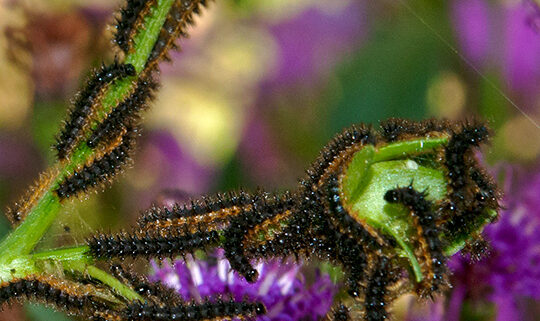
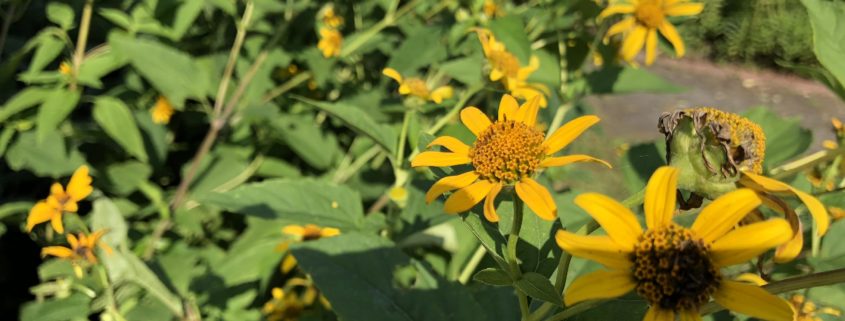
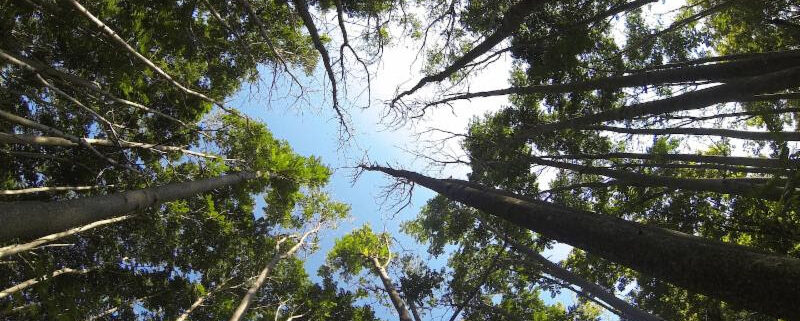


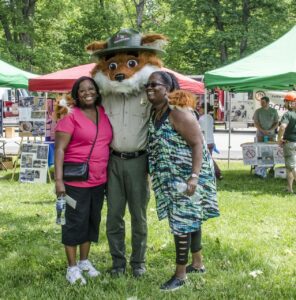 Tent, including raptors, reptiles and mammals. The Hartwell Children’s Tent will offer children’s activities from our conservation partners. We’ll have Bald Eagle nest viewing tours, hay rides, pony rides, music, food and drink, a live eagle cam, exhibits from more than 20 environmental organizations, including Fairfax Master Naturalists, a youth photo contest and Mini-Clinics from REI.
Tent, including raptors, reptiles and mammals. The Hartwell Children’s Tent will offer children’s activities from our conservation partners. We’ll have Bald Eagle nest viewing tours, hay rides, pony rides, music, food and drink, a live eagle cam, exhibits from more than 20 environmental organizations, including Fairfax Master Naturalists, a youth photo contest and Mini-Clinics from REI.